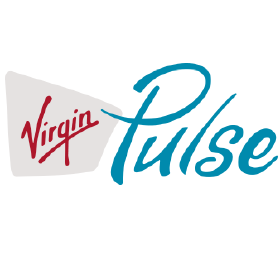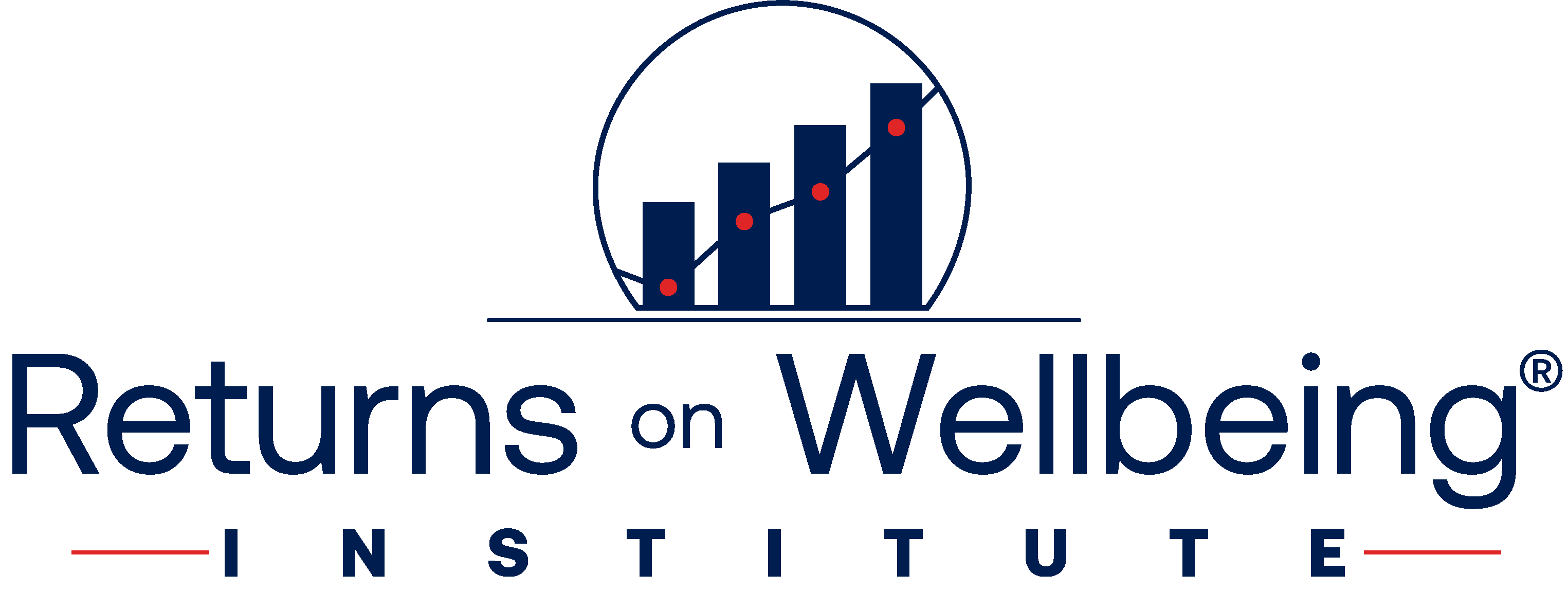
This post is an edited transcript of a recorded podast inteview with Dr. Rajiv Kumar. Click here to listen to the full interview.
In this podcast, Jim Purcell talks with Rajiv Kumar, a medical doctor who presently serves as both the president and chief medical officer of Virgin Pulse Institute, which provides its clients with advice and research on health, wellbeing, and employee engagement.
Dr. Kumar joined Virgin Pulse in 2016 following its acquisition of ShapeUp, an employee wellbeing company he founded in Rhode Island in 2006. In a decade, Dr. Kumar brought his startup from a dorm room idea to a global company serving over 2,000,000 participants around the world.
Jim: Rajiv is good to be talking with you again. Tell us how ShapeUp started and why you took time out of a demanding schedule to engage in that?
Rajiv: I was a medical student who had just started my medical training and education. I was struck that almost everything I was learning focused on how to treat people after they got sick, or if they were sick with a chronic condition, managing that condition over time.
I was surprised there was no focus on prevention and became interested in preventing obesity, diabetes, and heart disease. I formed a local nonprofit group called ShapeUp Rhode Island to create a physical activity campaign to get people up and moving.
It was designed as an annual eight-week challenge where community members formed teams and competed. We focused on walking and sent out pedometers. It was a glorified walking challenge!
Jim: Because people tend to isolate, you got them into groups to encourage each other and feel like a part of something. I assume that was part of your formula?
Rajiv: That was the main part. I noticed in my interactions with patients that while most were failing at changing their lifestyle, a few succeeded. When I talked to those individuals, they almost always said how they’d participated with a group of colleagues.
That social thread was the aha moment for me. We are often bad at changing our behavior as lone individuals, but we tend to be more successful as a group or team.
Jim: That fits with the idea that employers should create a culture of wellbeing to support specific programs.
Rajiv: Right.
Jim: ShapeUp expanded. Tell us about that.
Rajiv: We turned ShapeUp into a for-profit company with a goal of tackling promoting employee wellbeing across the country in a social way, using technology. I dropped out of medical school for three years with my friend and co-founder, Dr. Brad Wineberg. We had no real experience in business but were passionate about changing people’s lives.
We went out and raised capital, originally from friends and family, and eventually from venture capitalists that ended up putting tens of millions of dollars into the company.
We grew it block by block, step by step. We started in Rhode Island and expanded to over 100 employees and worked with employers all around the world. Our platform was available in 15 languages. It scaled nicely and I think that’s the beauty of this type of technology,
Jim: You were acquired by Virgin Pulse, is that right?
Rajiv: That’s correct. Two years ago.
Jim: Why’d you sell out to Virgin Pulse?
Rajiv: Virgin Pulse was always our top competitor. Since the day we started the company, they were there a year or two before us in this space; we competed head-to-head against them pretty fiercely. We always respected them, but we had a different approach.
Virgin Pulse was focused on extrinsic motivation. How do you leverage financial rewards to motivate people, change their behavior. And we were motivated by intrinsic rewards; how do we tap into social dynamics and people’s innate desire to be healthy, and can you do that without paying them.
Over time we realized that the answer lies in between.
Virgin Pulse approached us and we looked closely at their technology and realized they had a better platform and a more scalable offering. So if we thought, if we can’t beat them, let’s join them. They showed us a vision for strong international growth.
Jim: What are your roles with Virgin Pulse Institute today?
Rajiv: My primary role is overseeing a team of 10 data scientists and engineers. We’ve made a fairly significant investment in analytics and data science and it’s because we believe that there are insights to be harnessed from the data we’re collecting.
We collect roughly 7 billion data points every month about our participants. Those come from health assessments, wearable devices our participants are using, medical claims we take in from clients and employee surveys. All the activity on the platform, their interests, their goals or social connections. It’s really quite a rich data set.
Our job is to harness insights from that data set for a couple of different purposes. One is to feed to our product team to help them understand what’s working, what gets people engaged, what’s helping them change their behavior and what’s helping them sustain that engagement and behavior change over time.
We also provide [our client employers] with data to build the business case for employee wellbeing, whether that’s justifying the investment, calculating the return on investment or a value on investment for resources they’re put toward employee wellbeing.
Jim: In my view, traditional workplace wellness has tended to focus on primarily the physical and that pretty much reflects what has been the traditional practice of medicine, which focuses on the physical and defines good health by the absence of illness or injury.
The real issues to foster long term lifestyle change are usually mental and emotional: stress, depression, a variety of other factors. The whole person approach to getting people to a point where they are mentally and emotionally willing to engage is important.
Rajiv: It’s absolutely critical. When we talk about wellbeing, it’s an evolution from physical, a focus to something more holistic, including mental and financial wellbeing.
We have nine areas that we focus on at Virgin Pulse. Beyond physical activity, nutrition and weight management, we focus on sleep, stress, financial wellbeing, family relationships and community involvement. Are you being productive at work? Are you learning anything? There’s a variety of dimensions that we believe influence somebody’s wellbeing.
Jim: You used the word engagement, which occurs at two levels: engagement in wellbeing programs, and employees’ engagement in their work. Why’s that important?
Rajiv: Every year we survey employers around the world and ask, why are you investing in employee wellbeing? What are your strategic objectives?
And this year, for the first year, employee engagement came out as number, more than reducing healthcare costs, improving productivity, retention and recruiting talent. Respondents told us that they wanted their employees to be more engaged; that’s their primary measure.
One of the challenges with employee engagement is that there’s no one universal metric. Every company looks at it in a different way. There are many different tools and studies and surveys.
I think the best way that we’ve been able to approach it is simply to ask employees, do you feel more engaged in your work? Do you look forward to coming to work? Do you have more energy when you’re at work? Do you feel more productive?
When we ask those questions, we see that participating in a wellbeing program significantly improves employee perception in all of those areas. Employers have continued to invest in wellbeing, even in the face data that shows it’s not reducing healthcare costs as much as they hoped.
Jim: There were even studies that state companies with superior workplace health programs do better on stock returns than their peers.
Rajiv: We work closely with Dr. Ron Goetzel and Dr. Ray Fabius, two of the authors of these recent studies. We were inspired and decided to do one of our own by looking at 49 publicly traded companies that have been with Virgin Pulse for at least two years.
We examined their participation in our program and their publicly available financial information and came up with a calculation called the human capital ROI ratio, a fancy way of showing the impact and profit for every dollar invested in their employees.
We’d go into these companies and look at the total workforce costs and how it changed over time. Then we looked at their productivity, their profitability and how that changed over time, two years before they joined Virgin Pulse and two years after they joined.
We showed that in the two years before they joined, there was no difference in their productivity gains versus their peer companies in the S&P 500 or in their industry. But once they joined Virgin Pulse and launched their programs, they saw significant improvements in productivity versus their peers.
The higher the participation in our program, the more their productivity improved against their peers. This was another confirmatory study that shows a strong correlation between investing in the health and wellbeing of your employees and the success of your company.
Jim: Rajiv, it’s been a pleasure talking with you. Thank you so much.

